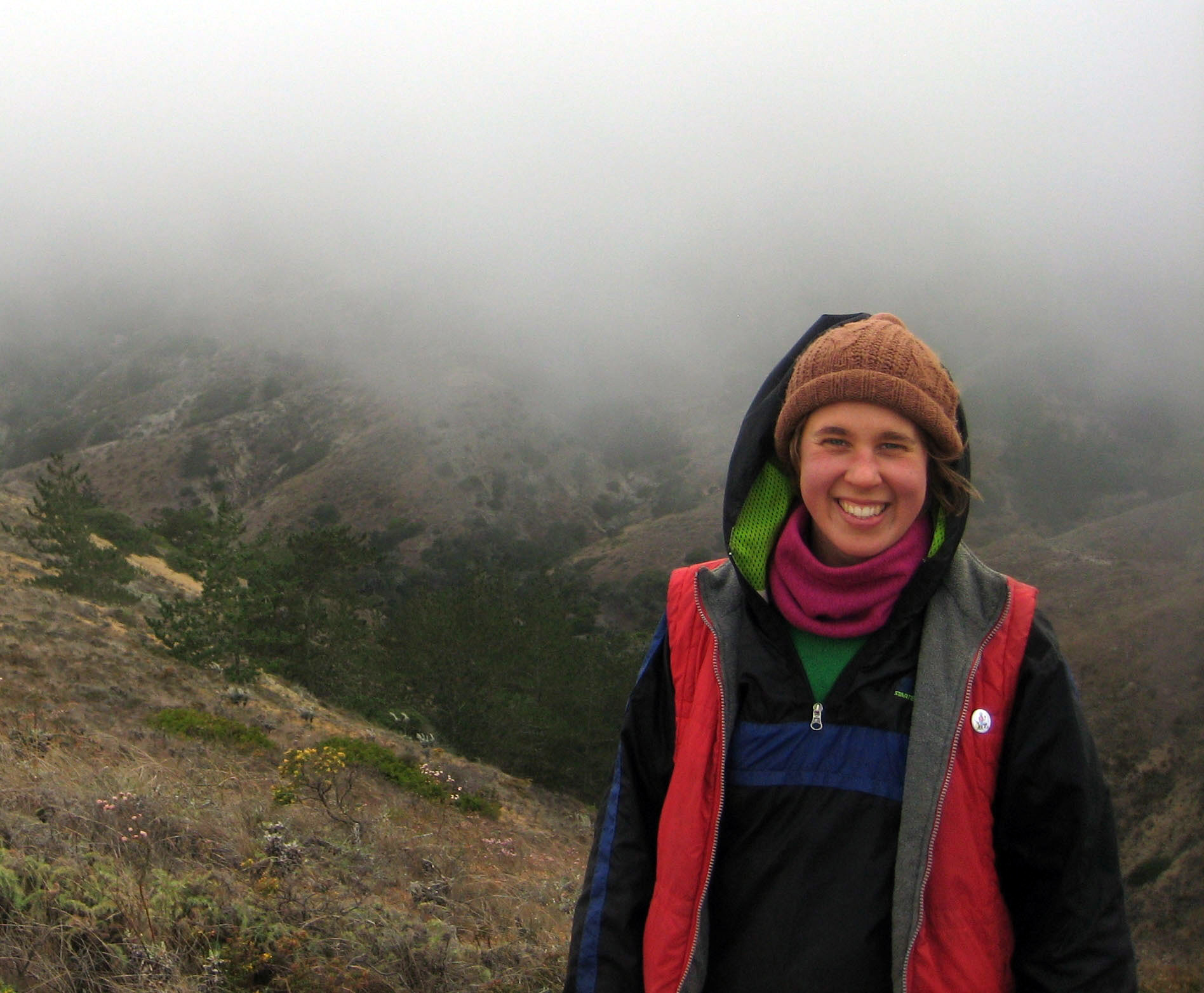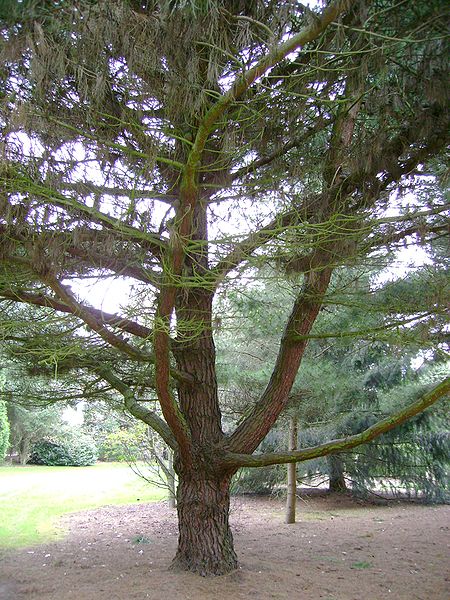Forests along the foggy coastline of California are likely to experience a warmer and possibly less foggy future. Because summertime fog augments the water supply to forests during a time of year when conditions are otherwise warm and dry, less fog water input will likely place trees at higher risk of water stress and drought-induced mortality. Research by grad student Sara Baguskas seeks to understand how variation in fog-water inputs impacts the physiological state of trees in a Bishop pine (Pinus muricata D.Don) stand located on Santa Cruz Island in Channel Islands National Park. Sara will conduct a field-based experiment where she alters plant-available soil water to these trees by manipulating fog drip to the soil surface. The goal of this study is to better understand how fog-water inputs influence the water budget of coastal forests, and thus to enhance our ability to predict how coastal forests may respond to climate change.
Of the 50+ applicants, Sara was one of the six graduate students to receive the 2011 G.A. Harris Research Instrumentation Fellowship from Decagon Devices Inc., a company located in Washington state that produces a range of environmental monitoring instruments (with an emphasis on soil moisture monitoring), in addition to instruments specialized for monitoring the physiological response of plants to changes in their environment, such as water availability. The people who work for Decagon Devices are honest about the suitability of their products for specific research needs. In addition to selling products, they offer excellent webinars—often taught by top-notch scientists—on the appropriateness and utility of their instruments to help address specific research objectives. Sara will be installing Decagon soil moisture probes in the field this summer (field assistants are always welcome). Sara is also happy to meet with any student interested in applying for one of these grants in hope that she can provide tips on how to write a successful application.
Editor’s note: Many thanks to Sara for providing the material for this article.



